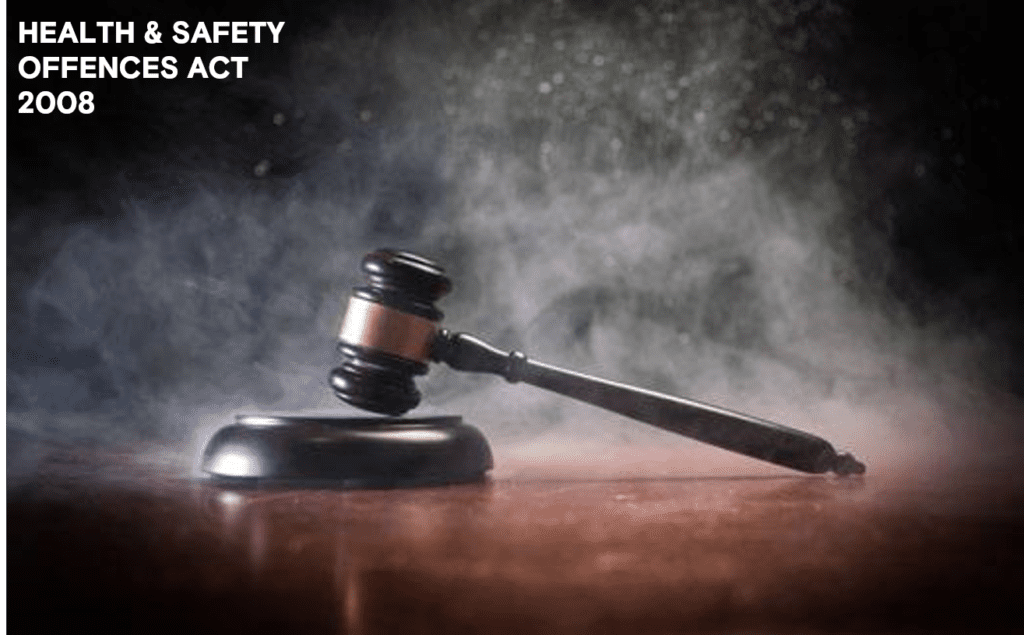The Management of Health and Safety at Work Regulations 1999
The Management of Health and Safety at Work Regulations 1999 were introduced to reinforce the Health and Safety Act 1974. They explicitly outline what employers are required to do to manage health and safety and apply to every work activity. The regulations place a set of duties on employers and employees to maintain a safe and healthy workplace.
Employer duties – risk assessment
The main duty placed on employers by the Management of Health and Safety at Work Regulations is to undertake risk assessments to identify potential hazards to employee health and safety and anyone who may be affected by their work activity. Employers with five or more employees must record any significant findings.
Separate risk assessments should be conducted for young people (under the age of 18) – taking their inexperience and immaturity into consideration – and new and expectant mothers.
As a result of conducting a risk assessment, employers must then make arrangements for implementing health and safety measures to control the hazards identified by the risk assessment. The General Principles of Prevention, also known as the Hierarchy of Risk Control, should be applied.
Where the risk assessment has identified that health surveillance of an employee is needed, it is necessary for a system of regular checks to be carried out. These are used to detect ill-health due to working conditions such as noise, vibration, solvents or dust early to prevent severe damage or deterioration caused by the workplace.
Finally, the risk assessment should determine the procedures required to manage serious and imminent danger. For example an evacuation procedure in the event of a fire or other emergency situations. It also needs to advise how and when an employee should contact the emergency services.
Employer duties – general
Employers are required to appoint at least one competent person (preferably from within the organisation) to oversee, supervise and assist in all matters of health and safety legislation.
Employees must be provided with all necessary safety information in an understandable format. Similar appropriate health and safety information also needs to be provided to temporary and non-employees (e.g. contractors).
Adequate health and safety training must be received by every employee. In addition, workers should not be given tasks beyond their competence or physical capabilities.
Where employers are sharing premises with another employer, it is necessary for the employers to cooperate and coordinate health and safety activities. Information from risk assessments — and the resulting preventative measures — must be exchanged between employers.
Employee duties
Although the regulations are largely aimed at employers, they do stipulate certain duties for employees:
- Report any health and safety shortcomings
- Report dangerous situations as well as actual incidents and accidents
- Use equipment in accordance with training and instruction
- Take reasonable care of their own health and safety and the safety of anyone affected by their work
These duties supplement and support the employee’s duties under section 7 of the Health and Safety at Work Act.



